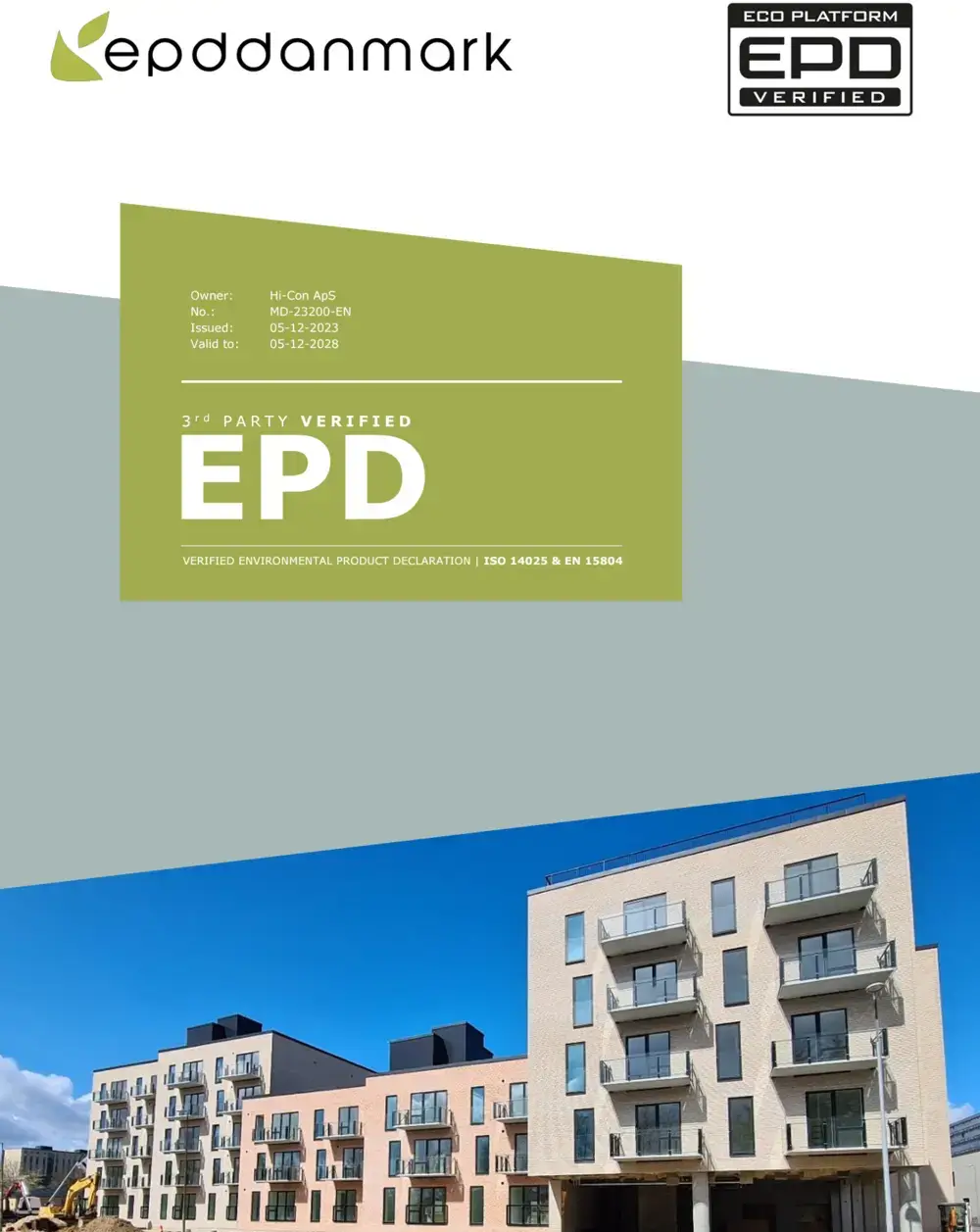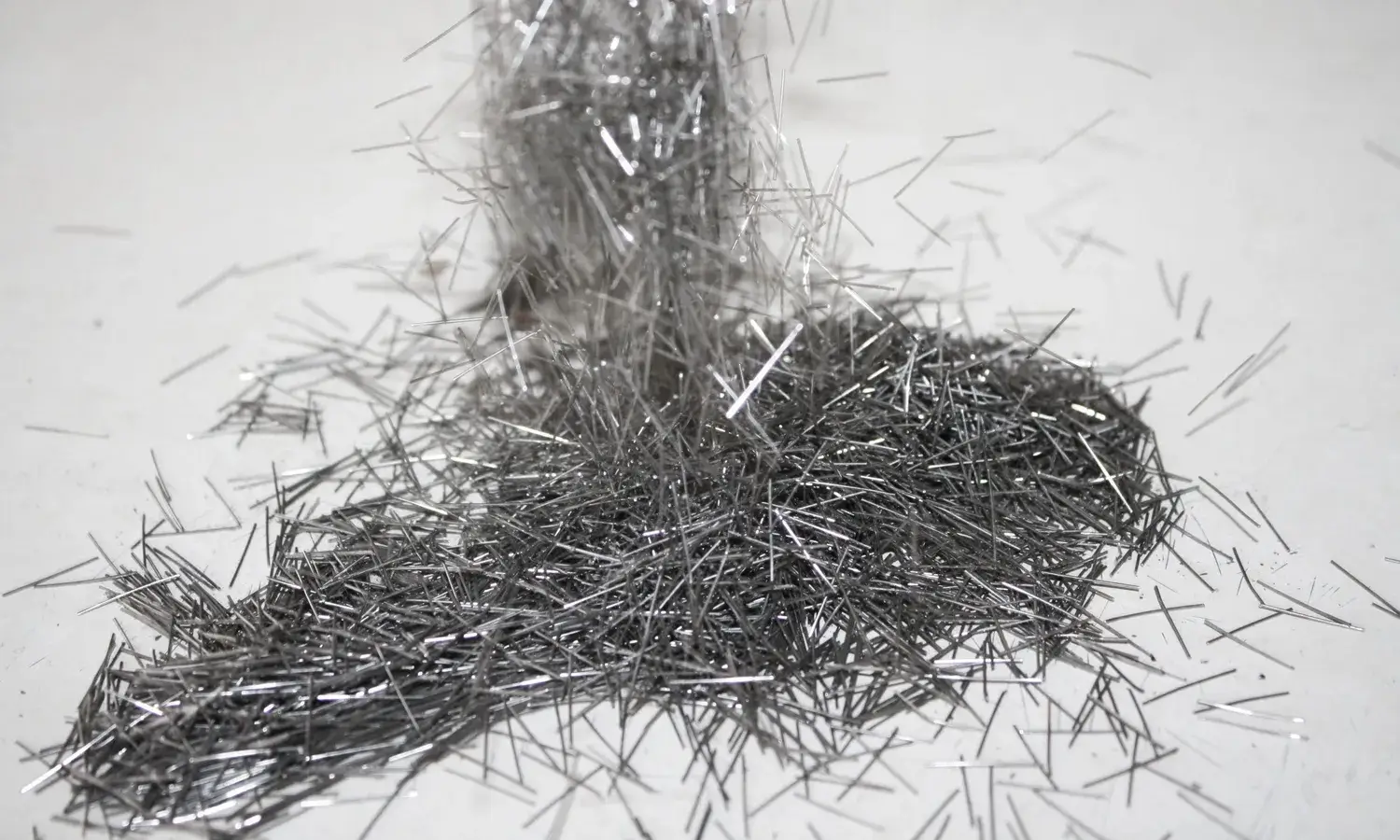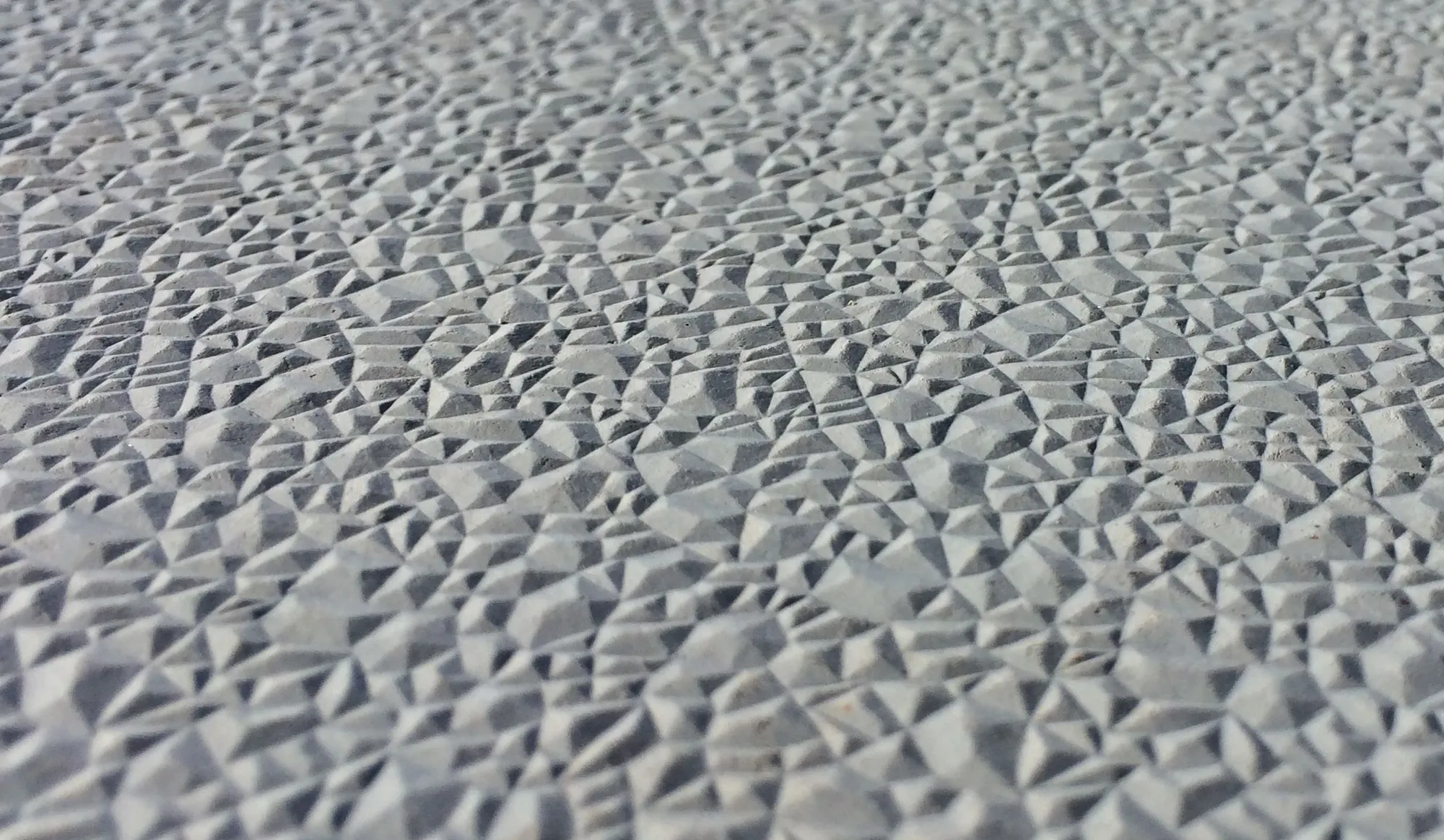
20. december 2023

Als constructeur vraag je je misschien af hoe je zelf berekeningen kunt maken voor elementen die gebaseerd zijn op een materiaal dat niet door de meeste normen wordt gedekt.
De meeste normen, inclusief de EuroCode, staat het afwijken van standaardmaterialen en -berekeningsprincipes toe, mits je kunt aantonen dat de prestaties met betrekking tot veiligheid en algemene toepassingen in overeenstemming zijn met de principes die in de normen zijn beschreven.
Dit is het geval voor CRC i2®, en daarom kan Hi-Con berekeningen maken voor zijn betreffende producten in relatie tot de hoofddraagconstructie.
Dankzij uitgebreide documentatie, inclusief versnelde en grootschalige tests, zowel statisch als dynamisch gedrag, alsook duurzaamheid en brandwerendheid, is het gedrag van CRC i2® vastgesteld, wat heeft geleid tot de ontwikkeling van een ontwerprichtlijnen voor CRC i2® die intern bij Hi-Con wordt gebruikt.
Zelfs met deze richtlijnen vereist het begrijpen van de grenzen van het materiaal—van productie en installatie tot de gebruiksfase—meer dan alleen een ontwerprichtlijnen. Daarom worden alle constructeurs bij Hi-Con grondig intern opgeleid voor de complexe toepassing van UHSB. Dit is een van de redenen waarom Hi-Con alle berekeningen intern uitvoert.
Drie cruciale aspecten voor berekeningen van CRC i2®:

UHSB kan bij blootstelling aan vuur moeiteloos presteren ten opzichte van gewoon beton vanwege mogelijke afspatten of afsplintering. CRC i2® is uitgebreid getest in grootschalige brandtests en heeft zijn gedrag bewezen, zelfs in echte brandsituaties.
Het gebruik van UHSB-materialen zoals CRC i2® vereist uitgebreide kennis, ervaring, en documentatie. Bij Hi-Con vertrouwen we op een lange staat van dienst en uitgebreide documentatie om ervoor te zorgen dat onze elementen presteren zoals verwacht. Daarom worden CRC i2®-elementen uitsluitend berekend en ontworpen door Hi-Con's eigen constructeurs en geselecteerde samenwerkingspartners.
Heb je vragen over een project? Aarzel dan niet om contact met ons op te nemen.
Wij staan klaar om je met jouw project te helpen!
VUL HET FORMULIER HIERONDER IN EN WIJ NEMEN CONTACT MET JE OP